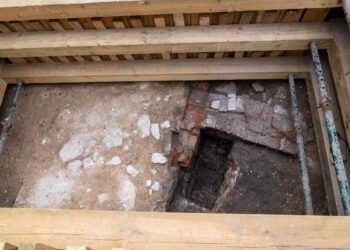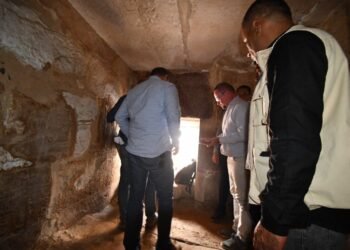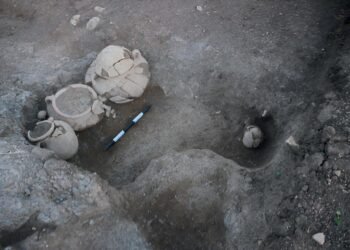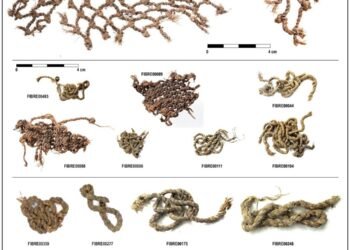A recent archaeological discovery in Northern Ireland has revealed that a set of well-preserved human remains discovered in a peat bog belongs to a young woman who lived more than 2,000 years ago. The discovery, now known as the “Ballymacombs More Woman,” challenges earlier assumptions that the person was a teenage boy.
 Workers first unearthed the remains in October 2023 near the village of Bellaghy, County Londonderry, during routine peat extraction. Experts investigated them as a possible modern crime scene, but forensic tests proved that the remains dated back to between 343 and 1 BCE. Researchers then transferred the discovery to National Museums Northern Ireland (NI) for further analysis, where a team of archaeologists, forensic specialists, and historians worked together to uncover the individual’s story.
Workers first unearthed the remains in October 2023 near the village of Bellaghy, County Londonderry, during routine peat extraction. Experts investigated them as a possible modern crime scene, but forensic tests proved that the remains dated back to between 343 and 1 BCE. Researchers then transferred the discovery to National Museums Northern Ireland (NI) for further analysis, where a team of archaeologists, forensic specialists, and historians worked together to uncover the individual’s story.
An osteoarchaeological study showed that the person was a woman between 17 and 22 years old when she died. This discovery matters because most Iron Age bog bodies found across Europe have been identified as male. She was about 5 feet 6 inches (1.7 meters) tall, which made her relatively tall for a woman of her time.
Eileen Murphy, Professor of Archaeology at Queen’s University Belfast, headed the osteological assessment. She said: “As is the case for so many Iron Age bog bodies, the young woman suffered a highly violent death that involved the flow of blood from her throat, followed by decapitation. The head was taken away, but the body was left where it fell, only to be discovered by machine workers some 2,000 years later. Further scientific analysis, including the conclusion of DNA analysis, will no doubt yield more fascinating findings.”
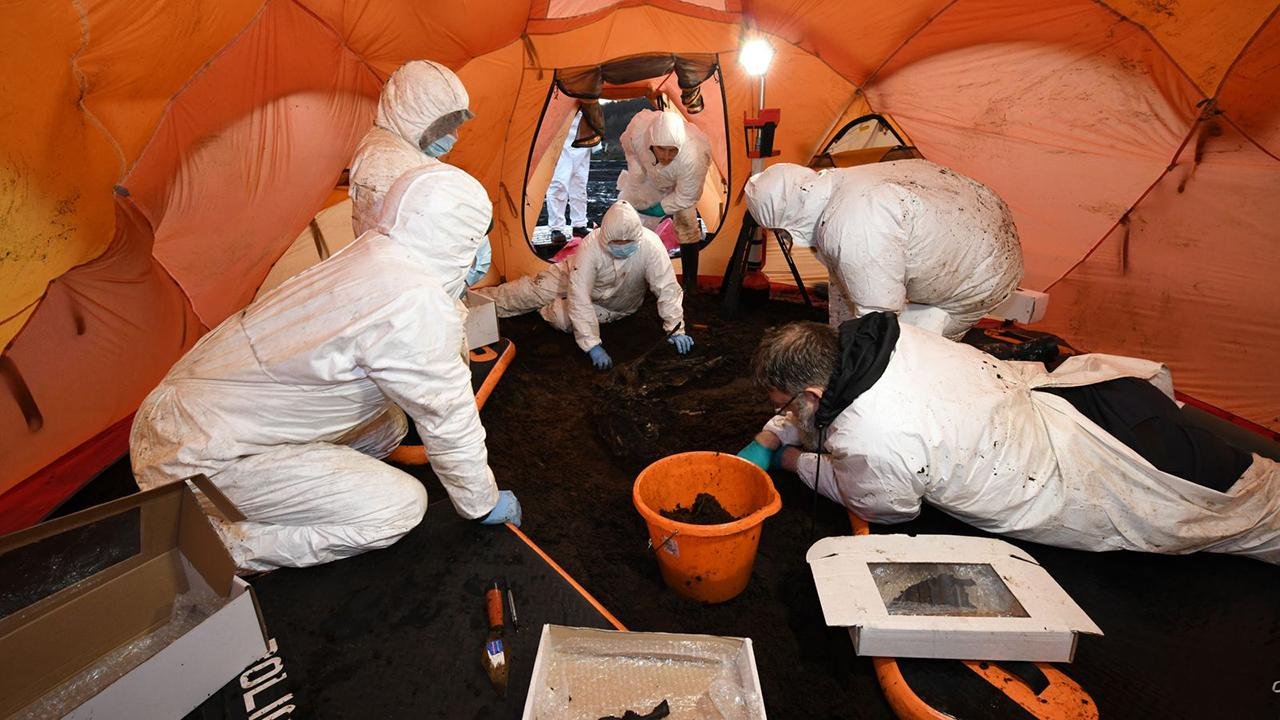
Cut marks on the neck bones show that someone beheaded the Ballymacombs More Woman deliberately. This hints that her death might have been part of a ritual sacrifice. This aligns with broader research into Iron Age bog bodies.
These bodies often show signs of violent deaths, including stabbing, bludgeoning, hanging, or strangulation. In many cases, it seems these people were offerings to deities or had links to sovereignty and fertility rites. While we don’t have any written records to confirm this theory, archaeological evidence points to the presence of ritual killings across Iron Age Europe.

The team didn’t just find the body. They also discovered a woven item made from plants near the remains. Experts are currently studying this fabric to determine its purpose.
The Ballymacombs More Woman has been moved from the State Pathology Lab to National Museums NI. Here, conservation experts are carefully monitoring the remains before undertaking a final phase of preservation treatment. The museum is working with institutions like Queen’s University Belfast, Trinity College Dublin, and the University of Copenhagen to continue studying this discovery.
The public can find out more about the discovery at an upcoming symposium titled “Digging into the Bog: Archaeological Finds & the Work of Seamus Heaney,” scheduled for February 22.
More information: National Museums NI / PSNI



